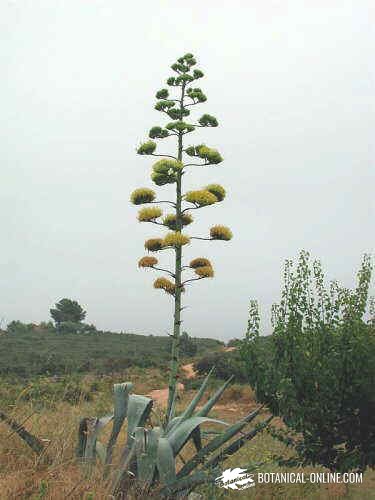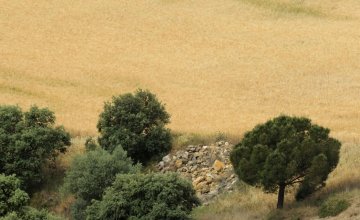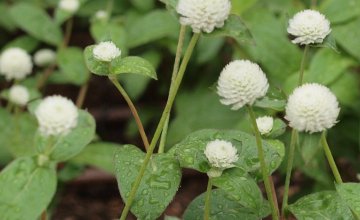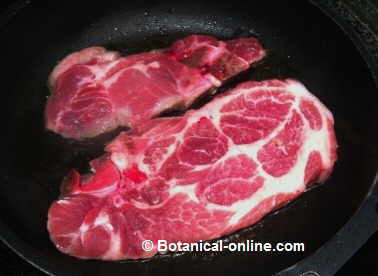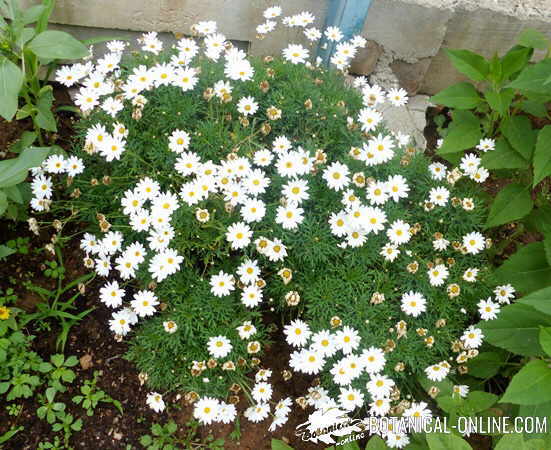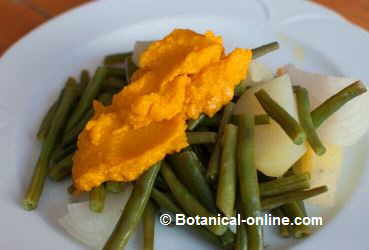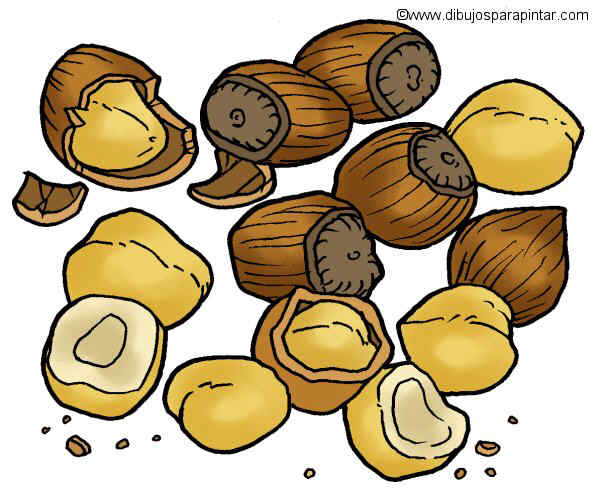Contents
What is a cherry tree?
Cherry trees are trees of the Rosaceae family that grow mainly in northern temperate zones.
They belong to the genus prunus, within which we have other well-known trees, such as almonds (Prunus dulcis), peaches (Prunus persica), apricots (Prunus armeniaca) or plums (Prunus domestica).
We also have shrubs in genus prunus, such as blackthorn (Prunus spinosa)
Types of cherries
The two best known species of cherries in Europe and Western Asia are the sweet cherry or wild cherry (Prunus avium) and the acid or sour cherry (Prunus cerasus). Most of the varieties grown today come from one of these varieties. Cherry trees grow spontaneously in most European temperate forests till 63 ° N in Scandinavia.
What is a sour cherry tree?
Sour cherry comes from Macedonia and Asia Minor, but it has been naturalized in many parts of Europe. This differs from the previous tree because it hast a shorter, less defined trunk, with many suckers; its branches are thinner and more pendulous.
They produce smaller and darker fruits with a more acidic flavor. Sour cherries do not endure so much as sweet cherries once collected. Sour cherry trees do not usually grow more than 7 meters high.
What is a sweet cherry tree?
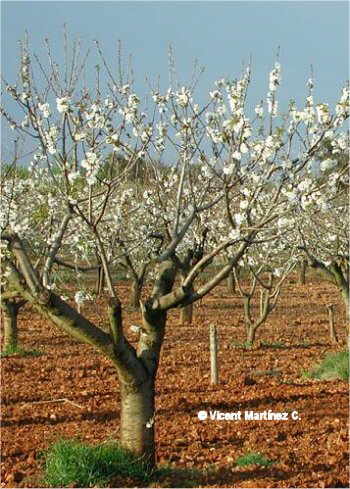
Photo of cherry tree in bloom.
Sweet cherry is a tall tree that can reach 20 m, with well-defined trunk and spreading branches that provide it a more elegant aspect.
Its leaves are rather long, since they usually measure between 6 and 15 cm in length, while sour cherry ones usually attain 5 to 8.
Sweet cherry leaves narrow gradually toward the apex. They are usually light green and matte, while in the sour cherry tree, leaves narrow abruptly at the apex and show a glossy dark green color
Wild cherries
Besides these cultivated cherry trees, we also have another set of wild cherry trees that are harvested for their fruits for making jams, cakes and drinks. Among these, we can point out the American wild cherry trees, such as:
- Black cherry (Prunus serotina), which grows wild throughout the southeastern half of the United States.
- Choke cherry (Prunus virginiana) From the south of USA to the Gulf of Mexico.
Given the acidity of the fruits in most of these species, they are not generally used to eat directly. Others, such as the choke cherry, are poisonous, including the seeds, leaves and bark. Only the fruit can be eaten. In this case, it is is mainly used as a medicinal plant and to make cakes and jams.
Cherry history
Herodotus, the Greek historian, mentions this tree for the first time. He describes as the people of Scythia lived in what was supposed to be a cherry.
| “The tree from which they obtain their food is called the Pontic tree. It’s the size of a fig tree and produces large fruit like a bean and has a bone inside. When the fruit is ripe, they squeeze it with a cloth and produces a dense black juice… They suck the juice or mixed it with milk and drink and with the thickest part or sediment make cakes to eat, because they have few cattle and the grass is not too good. Each man makes his home under a tree covered in winter with a piece of felt and uncover it in the summer. No one harms these people, because they are considered sacred and they do not possess weapons of war. “ |
Cherry tree, as a cultivated tree, according to the scientist and Latin writer Pliny, originated in Asia from where it was brought to Rome by Lucullus, a Roman general, after beating Mitriades, king of Pontus, in 65 DC. The Romans spread its culture throughout the Mediterranean.
![]() More information on cherries.
More information on cherries.

